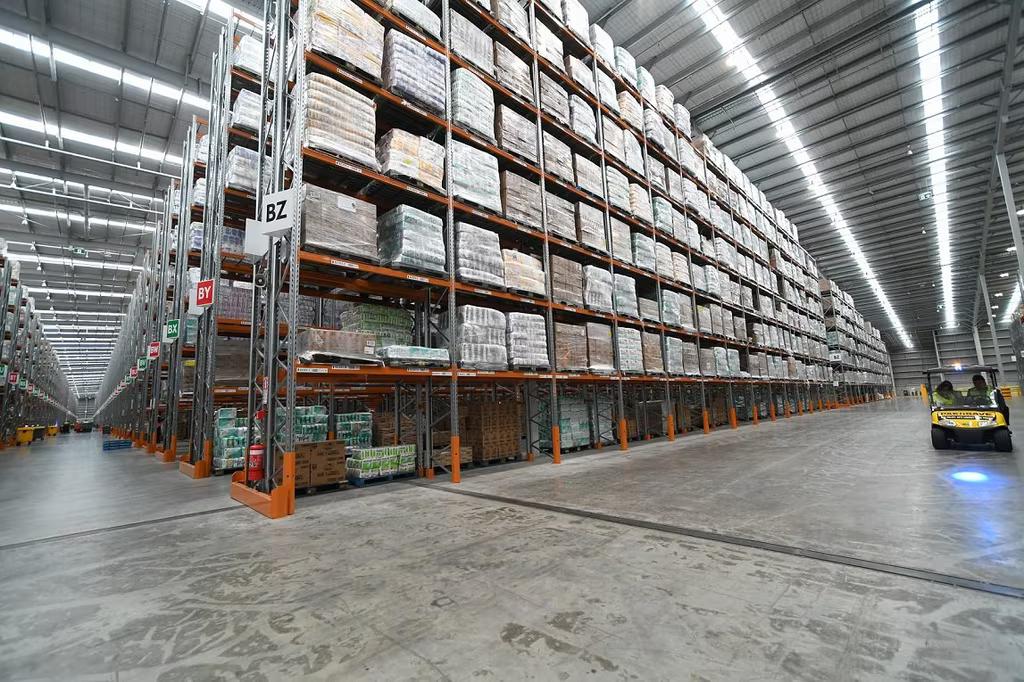
Media Release: Costs from grocery suppliers to supermarkets increase 2.3%pa in September
The pace of supplier cost increases to Foodstuffs supermarkets has remained static over the last two months, with the Infometrics-Foodstuffs New Zealand Grocery Supplier Cost Index (GSCI) showing an average 2.3% increase in what suppliers charged in September 2024, compared to a year earlier.
“The 2.3% annual increase in the Index for September 2024 was the same as the annual increase recorded for August 2024, adding further weight to the idea that an annual rate of just above 2%pa may be a ‘new normal’,” says Infometrics Chief Executive and Principal Economist Brad Olsen.
The Infometrics-Foodstuffs New Zealand Grocery Supplier Cost Index (GSCI), commissioned by Foodstuffs New Zealand, measures the change in the list cost of grocery goods charged by suppliers to the Foodstuffs North Island and Foodstuffs South Island co-operatives. The Index utilises detailed Foodstuffs NZ data across over 60,000 products the Foodstuffs co-ops buy to stock in their 500+ stores, making it the largest dataset of its type in New Zealand, to give a real-time view on supplier cost changes.
Every month, the Index tracks what it costs supermarkets to buy the goods to put on the shelf. Previous analysis shows that supplier costs are the major component of supermarket prices, representing two-thirds of the on-shelf price.
“Month on month, just over 3,100 items increased in cost in September 2024 compared to the previous month, which was the third highest monthly total so far in 2024. The average number of items recording monthly cost increases remains at around 2,900 per month,” says Mr Olsen. “A higher number of general grocery items increasing in cost contributed to the higher monthly total. At the same time, a number of produce items fell in cost as seasonal patterns supported lower costs.”
Year on year, costs in September 2024 remained higher for all departments compared to September 2023, with most departments seeing unchanged annual increases in cost in recent months. “The large rise in tobacco cost has been driven by the usual annual excise tax increase. General grocery item cost increases remain above average, with large annual increases for chocolates, cooking oils, and various pasta and noodle costs. Lower potato and broccoli costs helped keep produce cost increases below average,” says Mr Olsen.
“Although the total number of items increasing in cost rose in September, the ongoing overall trend is of fewer cost increases, and of a lower intensity than in 2022. Inflationary pressures appear much less broad-based, with the most noticeable cost increases driven by specific product factors, like those for chocolate.”
“Stabilising on-farm costs mean there’s less upwards pressure on produce suppliers. Additionally, stabilising import prices and lower diesel prices also add to the view of less forward inflationary pressure.”
ENDS
Note:
The Infometrics-Foodstuffs New Zealand Grocery Supplier Cost Index (GSCI), commissioned by Foodstuffs New Zealand, measures the change in the list cost of grocery goods charged by suppliers to the Foodstuffs North and South Island cooperatives.
List cost refers to the cost suppliers charge retailers before trade spend is applied; trade spend being any form of discount provided by a supplier to allow their goods to be discounted.
The Index utilises detailed Foodstuffs NZ data, across over 60,000 products, analysed by independent economics consultancy Infometrics to produce the GSCI and publish it on a monthly basis. For more details see www.infometrics.co.nz/product/grocery-supplier-cost-index.









